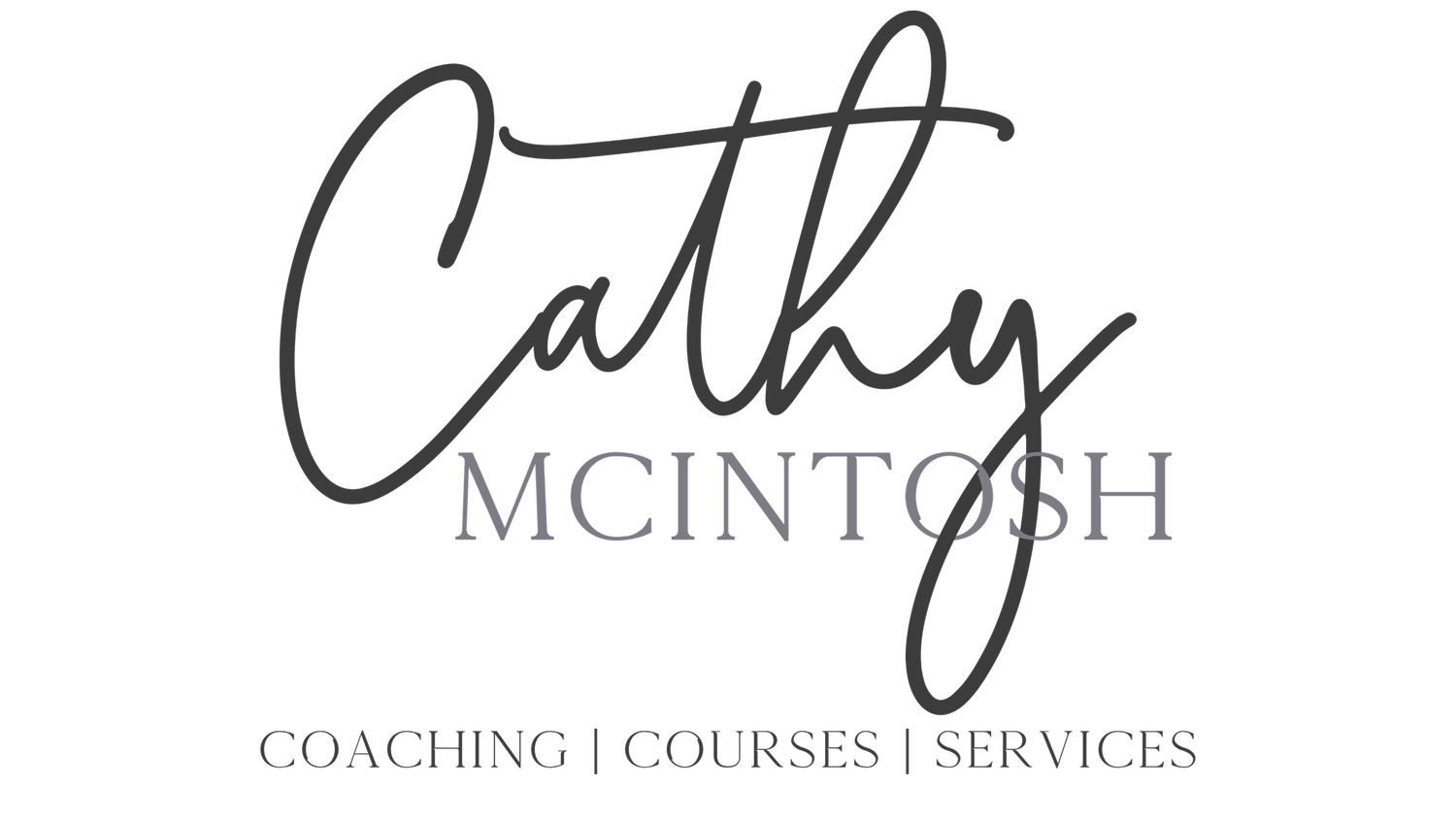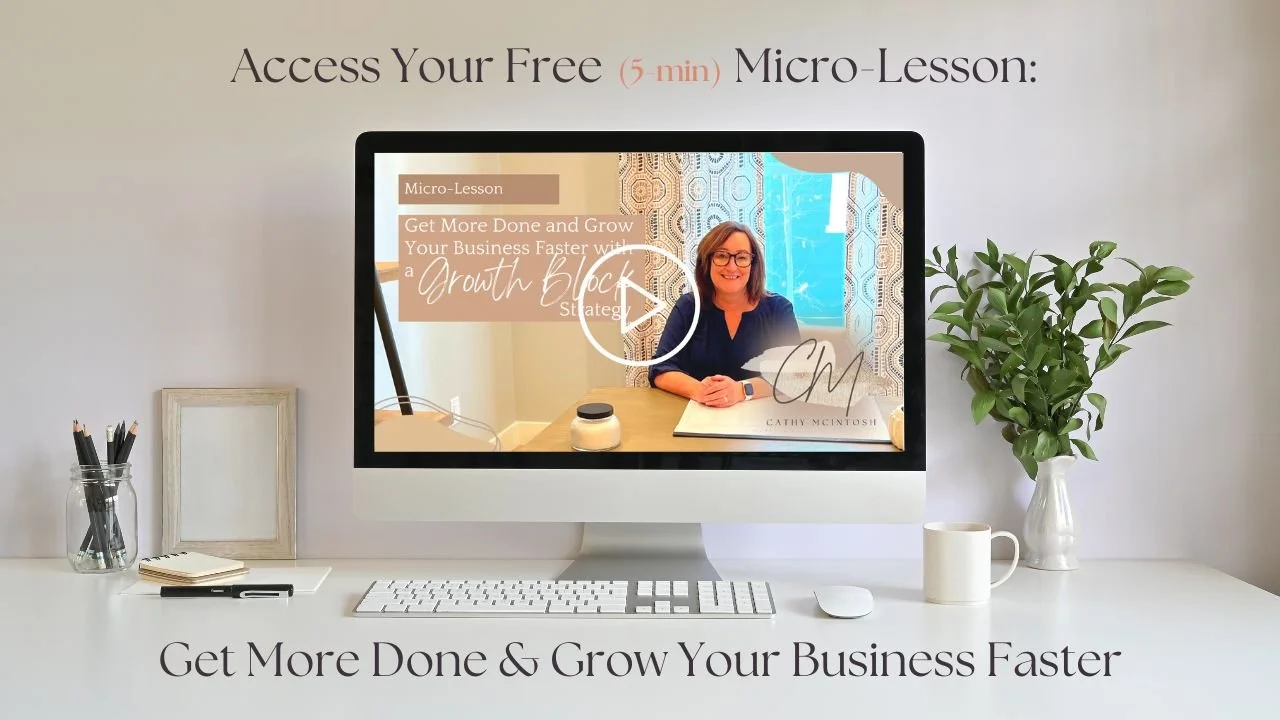How To Balance Marketing and Advertising to Bring Steady Growth to Your Business
Hey there, champions of the small business world! As you work to bring in more business, I know it can feel tough to work through the marketing jungle. Especially when balancing marketing and advertising and all of their unique benefits to your brand.
I’ve spent the last many years learning to master the marketing journey—for my own business and for the clients I coach and serve. I often see confusion because the line between marketing and advertising is often blurred.
Today I’ll break down marketing and advertising into bite-sized chunks. I’ll dish up the must-know info to help those of you just dipping your toes into what can feel like muddy waters.
Marketing Before Advertising
First, marketing. The broader, more comprehensive process always begins with understanding your ideal audience. When you know the problem your ideal client struggles with, you can develop a unique offer to help them as only you can (this is called your “unique selling proposition,” by the way).
Your strategic marketing plan will include a clear, consistent message to help you engage with the customers who need your offer. Your marketing strategy will drive sales and business growth.
Now let’s look at advertising, which is a component of marketing. It’s how you send and share your brand message with the world. The primary goals of advertising are to
create visibility and awareness about your brand
generate warm leads
increase sales for your business
At last count, I’ve helped nearly 100 different brands develop clear, compelling marketing messages. While most have gone on to use that message in successful advertising campaigns, others have struggled to assemble the puzzle pieces of marketing and advertising.
Here are the highlights of what you need to know.
Marketing and Advertising: Which Brings Quicker Results?
Of the two aspects, getting clear on your marketing message most often delivers quicker results. When you roll out your clarified marketing message, you generally share it with a warm audience who is already somewhat familiar with what you do.
When customers realize you understand their pain points and offer a pinpoint solution to help them overcome them, you often see quick wins in your bottom line.
Paid advertising, on the other hand, is a long game. You’re reaching out to people who have never heard of you. They’re often skeptical of paid ads until they see them repeatedly and begin to see some social proof that your offer works.
With advertising, you start by generating awareness. It takes some time to see engagement. When first starting with paid ads, it can feel like an expensive experiment or as if you’re flushing your hard-earned money.
No one wants to feel like that.
That’s why it’s crucial that you keep this mindset in view: What you do for your business today will bring results and benefits 90 days from now. The converse is also true. The activity you experience in your business today directly results from what you invested in your brand 90 days ago.
Highlights of the Advertising Process
If you’re a small business just beginning to dive into the realm of paid advertising, I recommend the following steps:
Establish a clear goal.
Determine what you want to achieve with your advertising efforts, such as increased brand awareness, lead generation, or sales. Remember, it’s a progression. Aiming straight for sales is usually ineffective when you haven’t first invested in awareness.
Communicate how your offer relieves a pain point for your ideal audience.
Focus on what’s in it for them. Your customer wants to be the hero of their own story, so show how you can help them in their journey. Demonstrate how you’ll help them win.
Set a budget.
Allocate a specific amount of money for your advertising efforts, keeping in mind that you may need to adjust it as you learn what works best for your business. Remember you’re investing in the activity you’ll see 90 days into your future.
Choose the right platform.
If your audience is active on Instagram, don’t advertise on LinkedIn. Meet your potential customers where they are. And choose the platform that will help you achieve your goals. Here are a few platforms to consider:
a. Google Ads: Ideal for targeting specific keywords and reaching potential customers actively searching for your products or services.
b. Facebook and Instagram Ads: These platforms allow you to target users based on demographics, interests, and behaviors and are effective for brand awareness and lead generation.
c. LinkedIn Ads: Suitable for B2B businesses, LinkedIn allows you to target professionals based on job titles, industries, and company size.
d. Twitter Ads: A good option for engaging with a more professional audience and promoting content, such as blog posts and articles.
e. Go Local: Don’t underestimate networking and local advertising if your ideal customers are located in your specific geographic area.
Create engaging ad creatives.
Develop eye-catching visuals and persuasive copy that clearly communicate your offer and invite potential customers to take action. Keep in mind that according to Facebook, video ads are more than 70% more effective than static ads. It’s worth pushing out of your comfort zone for that type of return!
Test and optimize.
Continuously analyze the performance of your ads, making adjustments to your targeting, creatives, or platforms to improve your return on investment. Advertising success is specific to your business and will take time to massage and perfect.
Track your results.
Use analytical tools to measure the effectiveness of your ads and make future decisions based on data. Don’t assume your ads aren’t working when you haven’t looked at the numbers.
Balancing Marketing and Advertising
By following these steps and choosing the right platforms, you can create an effective advertising strategy for your small businesses that supports your objectives and helps drive growth.
When advertising my brand, I generally share a lead generator—a freebie for potential customers in exchange for an email address. Then I rely on email marketing and the other components of my sales funnel to lead them through a progression of products.
There you have it – the lowdown on marketing and advertising and how they can propel your small business to new heights.
Remember, marketing is the master plan, while advertising is the tactical sidekick that helps you spread the word far and wide. You'll have the advertising game on lock by
nailing your target audience,
setting specific goals,
crafting an irresistible offer,
playing it smart with your budget,
picking the right platforms,
and staying on top of optimization.
Keep tracking those results and making data-driven decisions, and you’ll find success. Then you can watch your business soar.
Ready, set, advertise! (And if you have specific questions about your brand, I invite you to grab some time on my calendar with a free discovery call).



